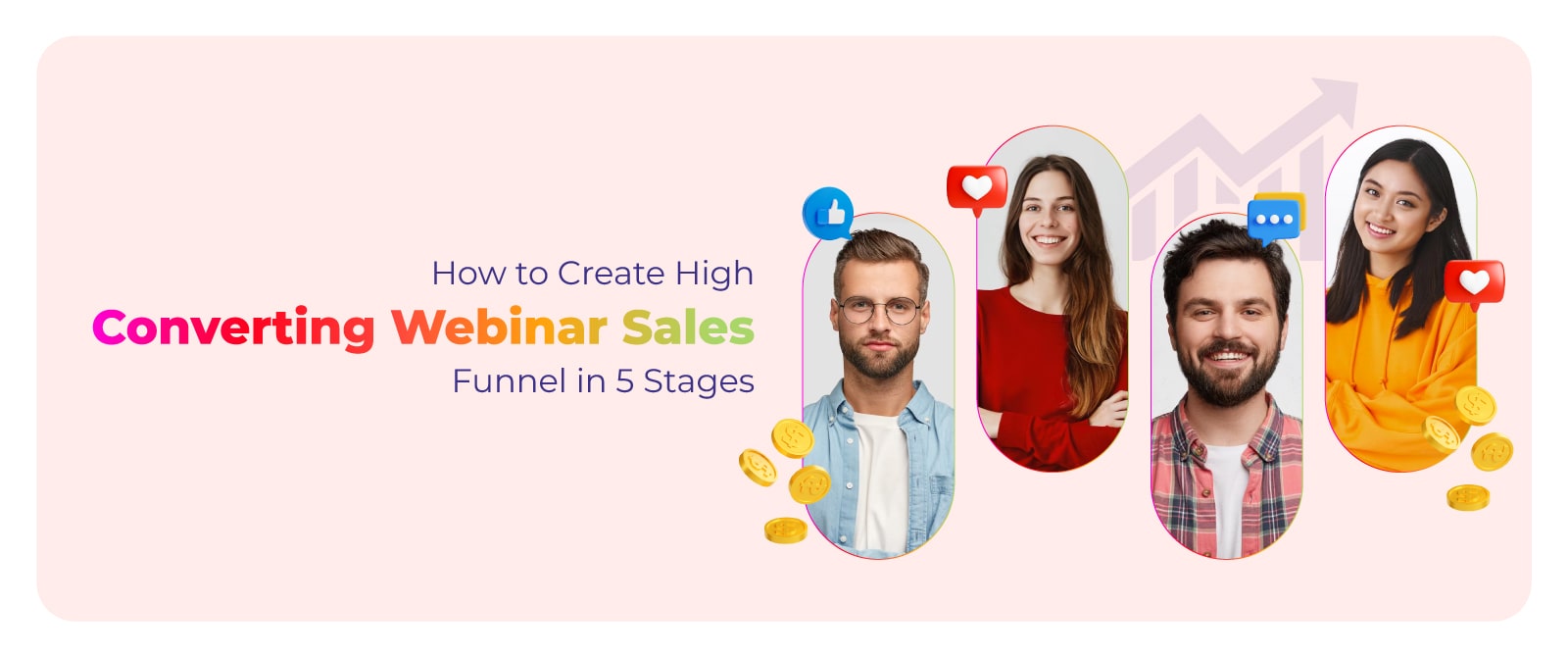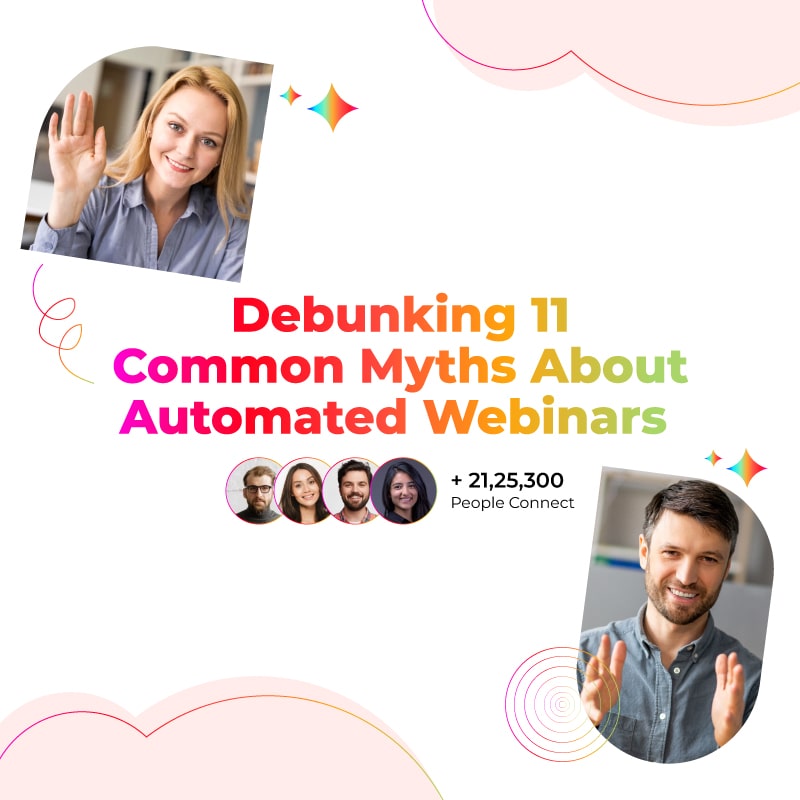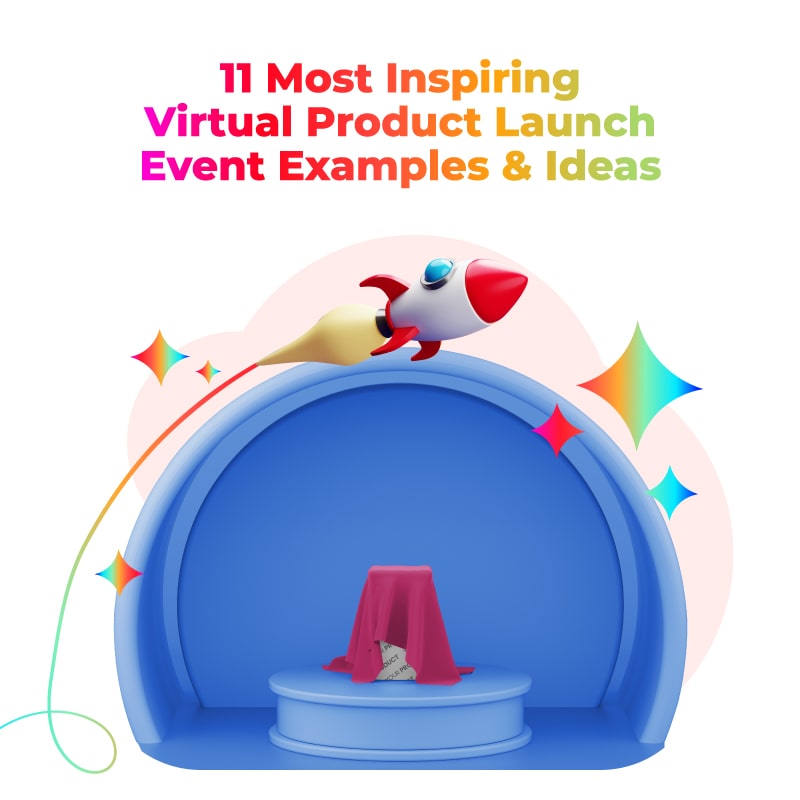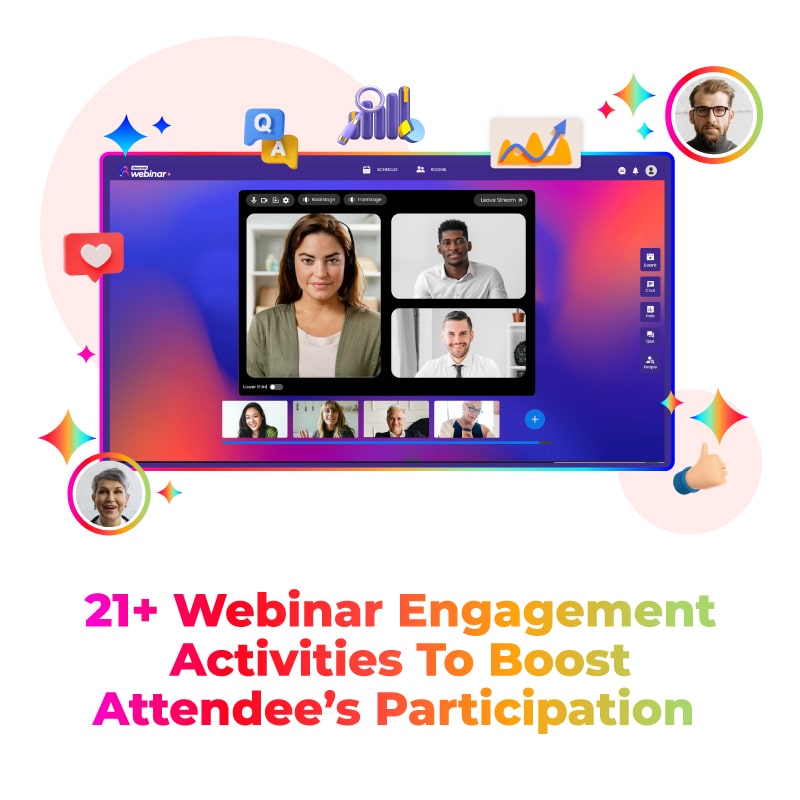Whether you’re an entrepreneur looking to showcase your expertise, or a business aiming to boost sales, it’s essential to craft an effective webinar sales funnel to drive sales. In this guide, we will delve into the intricacies of creating a webinar sales funnel that not only captivates your audience but also guides them seamlessly from awareness to action. We’ll unravel the key elements that make a webinar funnel successful.

Tips and Strategies for Pre Webinar Sales Funnel
Before you start building your webinar funnel, you need to take into consideration a few practices that determine the overall success of your webinar sales funnel. Here are a few strategies and tips to implement in a pre webinar funnel:
Define Your Target Audience
Define your audience to know who you’re targeting. Whether they’re entrepreneurs, marketers, or small businesses, you need to define who is your ideal customer profile, their pain points, and their challenges. For instance, if you’re targeting SaaS businesses, then you need to create a series of webinars aimed at their pain points and solutions. It is one of the effective webinar funnel strategies. Moreover, the type of webinar format will also be determined by the target audience you choose. For instance, product demo webinars will be targeted to product based businesses where you are showcasing case studies and testimonials.
Create a Webinar Landing Page
The Webinar landing page is where every registrant lands. You need to leave a quality experience that results in driving attendance on the webinar. Make sure to create an eye-catching headline, a brief description, and a registration form that explains what attendees will learn from the webinar. Set the right date, time, and duration to ensure maximum turnouts. When you’re using Dreamcast Webinar Plus, you can customize your branding and add social sharing icons to increase your reach. These customization features on the platform take your webinar landing page design to another level.
Pick the Right Webinar Format
There are various webinar formats you can work with. Decide on the best format of your webinars. Ask yourself, are you planning one-way presentations, interactive workshops, or product demonstrations? Ensure the platform supports the formats you want to implement. After choosing the format, know what is your goal for the webinar. Is it lead generation, educating customers, or demonstration of products?
While Lead gen webinars aim at attracting potential new customers by providing educational content, thought leadership webinars are ToFu webinars and help position your business. The type of webinar format would mostly depend on the stages of the webinar funnel you’re targeting. Whether it is ToFu, MoFu, or BoFu, you have different formats available to go with.
Choose the Right Webinar Platform
Choose a reliable webinar platform that suits your webinar needs. It should support the number of attendees you expect and offer the necessary features such as live chat, polls, Q&A, and screen sharing.
Check its compatibility with the tools, customization options, security, and technical support. A platform becomes the best when it comes with all the essential tools and functionalities. You would need software that supports your entire webinar lifecycle.
5 Stages to an Effective Webinar Funnel
If you don’t how to create a webinar funnel that converts, here are 5 stage processes to follow and drive you successful webinar marketing results:
Promote your webinar across different channels
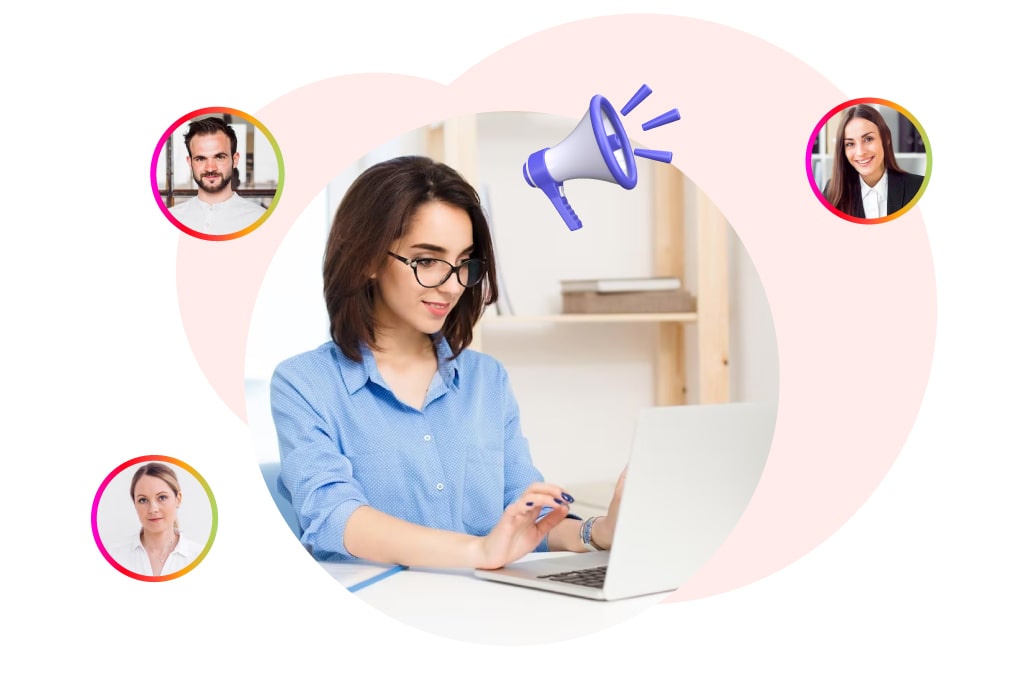
Driving traffic to your webinar registration page is the first step in constructing your webinar sales funnel. You won’t have many attendees if there isn’t enough traffic. Consider employing the following tactics to effectively promote your webinar registration page and optimize attendee registrations:
Social Media Promotion
Your webinar will only reach your potential audience if it’s promoted well. You’ll need the promotion tool to help your webinar raise its awareness among those viewers who are interested in attending and watching.
Dedicate a copy keep your visuals compelling and catch all eyes of the target audience. Start pushing your promotional material through all social media channels.
Alternatively, you can also consider running ads on Facebook, Instagram, or Linkedin which can help you boost the reach of your copy. Make sure to do your best in writing that copy or creating those visuals for videos, and infographics. Since over 4.74 billion people across the world use social media, you never know who could be interested in attending your webinar.
Highlight the value and benefits of attending your webinar when creating attention-grabbing posts, videos, or graphics. If possible, use influencers with great followers to promote your webinars with their audience. This will gain you shares with their network and expand your reach.
Use Email marketing
Email marketing is another successful way to promote your webinar. Leveraging email newsletters allows you to drive traffic to your webinar landing page. Send targeted email campaigns to specific segments, highlighting the relevance of the webinar and the value attendees will receive.
You can also take advantage of those who already subscribed to your email newsletter.
For your newsletter to work effectively, make sure to use a compelling combination of content, and visuals. Your subject line has to be attractive and entice viewers to check and read those emails. Work your best to see if the traffic on your webinar registration page increases.
Leverage your Website
Promote your webinar through your website by creating a banner or pop-up that directs visitors to your landing page. Use a timer and countdown timer to create a sense of urgency to generate subscriptions.
Host an interactive webinar
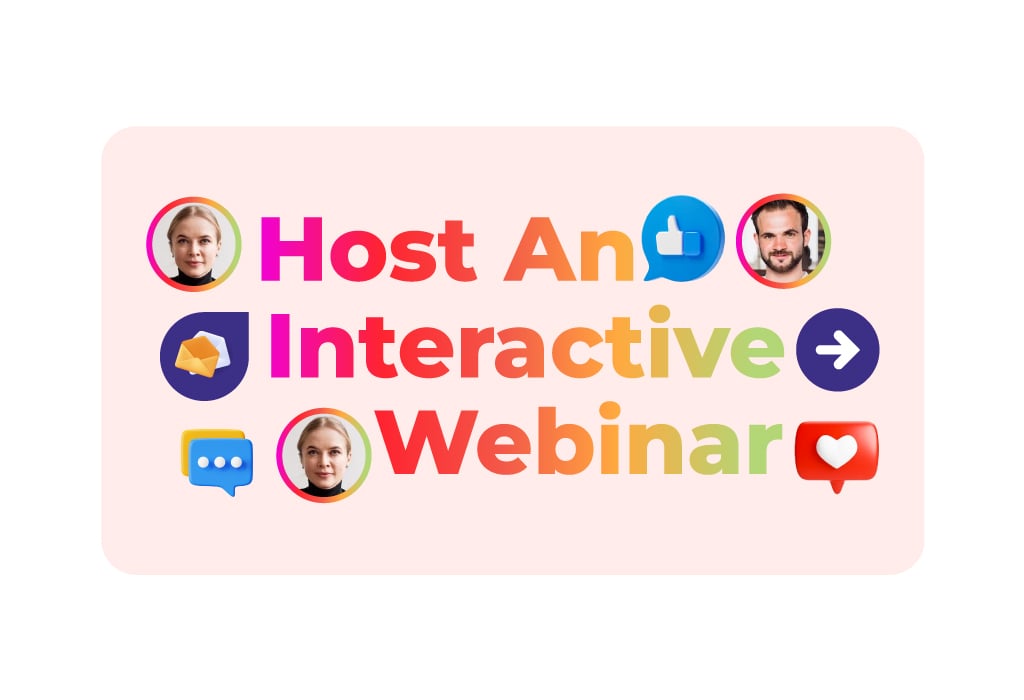
The next step is the most important in building a webinar funnel process, and that is hosting the webinar itself. You need to take this step right as it will help drive conversions for your brand.
A memorable webinar engages an audience, provides valuable information, and leaves a lasting impression. It’s the best way to get attendees to share their webinar experiences with others and generate positive word-of-mouth recommendations for your brand.
Plan ahead and prepare for your webinar by creating an outline, practicing your presentation, and pre-testing the webinar platform you want to use. Engage your audience with interactive features like polls, Q&A sessions, and discussions. Include plenty of examples, provide case studies, and feel free to share your own experiences. Make sure you have slides with lots of images to grab your audience’s attention.
You also need to make sure your webinar isn’t overly promotional. It is of course necessary to promote your product or service. However, trying to implement the hard-selling approach won’t work. This may cause your participants to give up.
Instead, you should refer to them in a more organic and natural way, so that they don’t appear purely promotional. You should also share valuable resources with your audience so they can consult and provide insights into other products or services they may also use.
Use call to action (CTA) to drive conversions
To effectively guide attendees to the next stage of the webinar funnel process, it’s essential to include a call-to-action (CTA) at the right time in your webinar. Place a CTA towards the end of your webinar after providing value and building trust with your audience.
You can send clickable CTA directly to your meeting room. It allows attendees to take immediate action on your CTA. You can use customization options for the CTA’s text, buttons, and URLs, allowing you to tailor it to your needs. Remember to create a clear and compelling CTA that aligns with your webinar goals and provides value to your audience. By strategically incorporating CTAs, you can encourage participants to move further down the funnel and take the desired action.
Keep the conversation alive after the webinar

t’s important to continue to nurture your leads and convert them into customers even after the webinar. As part of the webinar funnel process, you should focus on the post webinar strategy.
Show your appreciation to attendees by sending follow-up and thank-you messages that highlight key takeaways from the webinar. Offer additional resources, such as relevant documentation, exclusive discounts on related products or services, or the opportunity to try a free trial.
You can send this follow-up email multiple times to people who haven’t converted. It can help you convert as many people as possible. People who may not have purchased your product or service for some unforeseen reason will likely complete their purchase and you will get a customer.
Make your Webinar Available Forever With On demand Content
While a live event can be engaging and provide an interactive experience, it is a one-time show. Your audience cannot review the webinar if they want to re-understand parts of the webinar.
This is where on-demand webinars can help your brand. These webinars are pre-recorded and run as a live webinar. Pre-recorded content can help you deliver a live webinar experience to your attendees whenever they want. These webinars are perfect for your webinar funnel process because they give flexibility to your audience. Times for live webinars are fixed. If someone is interested but isn’t available at that particular time, they may not subscribe. However, with on-demand webinars, they can listen to them whenever they want, as many times as they want. As a result, you can get more webinar sign-ups.
How do you create an on-demand webinar? Dreamcast Webinar Plus gives you features to create an automated webinar. You can automate your webinars that combine live presentations, polls, and more. Our webinar platform also provides detailed analytics on webinar statistics so you can determine what worked for you and where you can improve.

5 Benefits of creating a webinar funnel
Creating a webinar funnel can offer several benefits for individuals, businesses, and organizations looking to engage their audience, generate leads, and ultimately drive conversions. A webinar funnel involves a series of steps designed to attract, educate, and convert participants through a webinar. Here are some benefits of creating a webinar funnel:
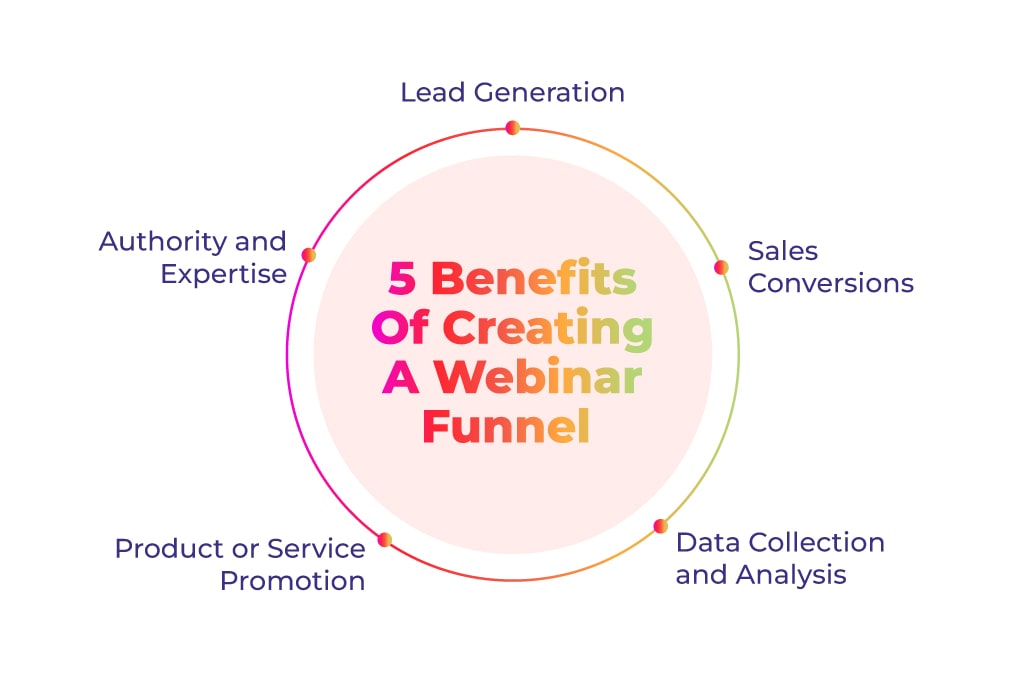
1. Lead Generation: Webinar funnels are effective for generating leads. By requiring participants to register for the webinar, you collect their contact information, which can be used for further marketing efforts.
2. Authority and Expertise: Hosting a webinar on a topic relevant to your industry or niche positions you as an authority and expert in that field. This can enhance your credibility and influence.
3. Product or Service Promotion: Webinar funnels are an effective way to promote your products or services. You can showcase how your offerings solve specific problems, provide demonstrations, and highlight the unique value proposition.
4. Sales Conversions: Webinars allow you to present your products or services in a comprehensive manner, addressing potential objections and concerns. This can lead to higher conversion rates as participants have a better understanding of what you’re offering.
5. Data Collection and Analysis: Through the registration process and interactions during the webinar, you can gather valuable data about your audience’s preferences, pain points, and interests. This data can inform future marketing strategies.
FAQs
A webinar sales funnel is a strategic process designed to attract, engage, educate, and convert participants through a series of steps, culminating in a live or recorded webinar presentation. The goal is to guide participants from being aware of your offering to take a desired action, such as purchasing a product, signing up for a service, or subscribing to your content.
Webinars provide an interactive platform to showcase your expertise, address audience pain points, and offer valuable solutions. This engagement establishes trust and credibility, making participants more likely to take action based on the information and insights you provide during the webinar.
A successful webinar sales funnel typically includes the Awareness Phase, Registration Page, Pre-webinar Engagement, Webinar Presentation, and Post-webinar Follow-up.


